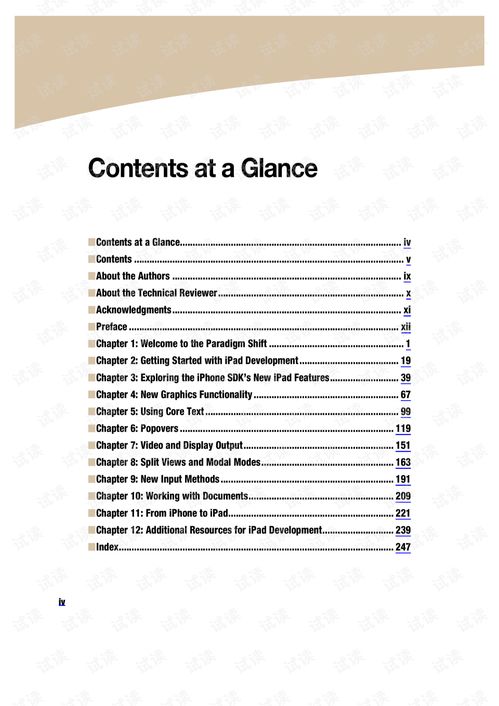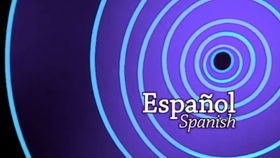Content:
Fishing is an ancient and popular pastime that brings joy and relaxation to people all around the world. One of the most common and rewarding types of fishing is corn fishing, which involves using corn as bait to attract fish. In this article, we will delve into the art of corn fishing and provide you with essential tips on how to adjust the float for successful catches.
Firstly, let's discuss the benefits of corn fishing. Corn is a natural and attractive bait for many fish species, such as carp, catfish, and bream. It is easy to prepare and can be stored for an extended period. Additionally, corn is environmentally friendly, as it is a renewable resource and biodegradable.
Now, let's move on to the key aspects of corn fishing, with a focus on how to adjust the float.
Choosing the right float:
The float is a crucial component of corn fishing, as it helps you to detect when a fish is biting. When selecting a float, consider the following factors:
- Size: The size of the float should match the size of the corn and the depth of the water. A larger float is suitable for deeper waters, while a smaller float is better for shallow waters.
- Shape: The shape of the float can affect its buoyancy and sensitivity. For corn fishing, a conical or pencil-shaped float is ideal, as it offers good visibility and sensitivity.
- Material: Floats are available in various materials, such as plastic, wood, and bamboo. Choose a float made from durable and buoyant material to ensure it remains effective throughout your fishing trip.
Attaching the float:
To attach the float to your fishing line, follow these steps:
- Cut a piece of monofilament line, approximately 1-2 feet long, and tie a knot at one end to form a loop.
- Thread the loop through the eye of the float and tie a knot to secure it in place.
- Attach the other end of the monofilament line to your main fishing line using a surgeon's knot or a similar strong knot.
Setting the float:
Once your float is attached, it's time to set it up:
- Adjust the length of the line: Begin by tying a sinker to the end of your main fishing line. The sinker should be heavy enough to keep the line and bait at the desired depth but not too heavy to hinder the action of the float.
- Adjust the float position: To achieve the desired depth, move the float up or down the line until it reaches the correct position. This may require trimming the line or adjusting the sinker's position.
- Adjust the float's angle: The angle of the float can affect how it responds to fish bites. To find the best angle, experiment with different positions until you achieve a balance between sensitivity and visibility.
Corn preparation:
Now that your float is set up, it's time to prepare the corn:
- Cut the corn cob into bite-sized pieces, ensuring they are not too large to prevent the fish from swallowing them.
- Soak the corn pieces in water for a few hours or overnight to increase their attraction to fish.
Baiting the hook:
To bait the hook with corn, follow these steps:
- Push the corn piece onto the hook, ensuring it is securely attached.
- Trim any excess corn to prevent it from falling off during your fishing trip.
Fishing technique:

Once everything is set up, it's time to fish:
- Cast your line out into the water, ensuring the float is in the correct position.
- Wait for the float to move or dip, indicating a fish is biting.
- When you feel a bite, gently tug on the line to set the hook.
By following these tips and adjusting your float effectively, you'll be well on your way to mastering corn fishing and enjoying successful catches. Happy fishing!












